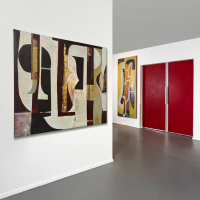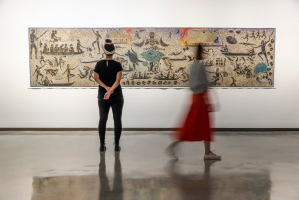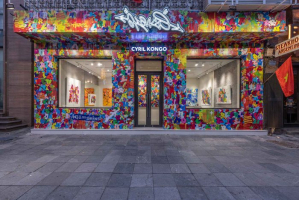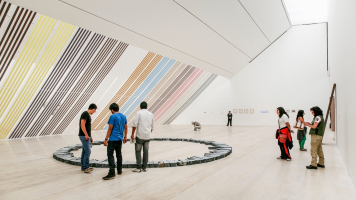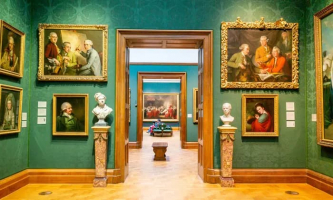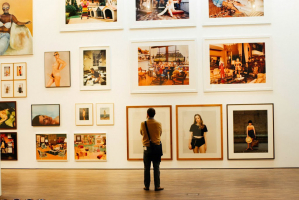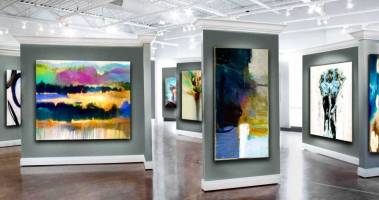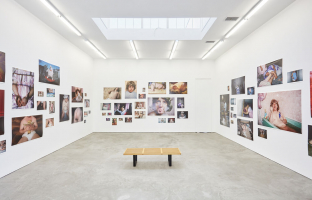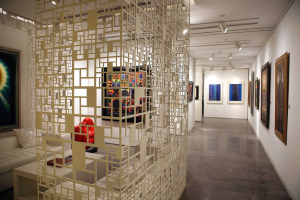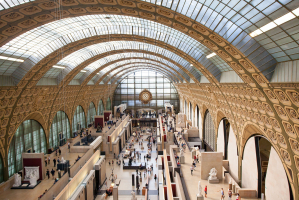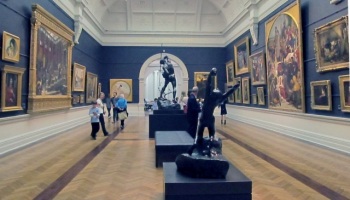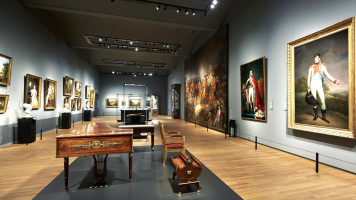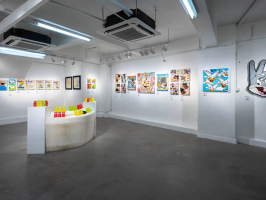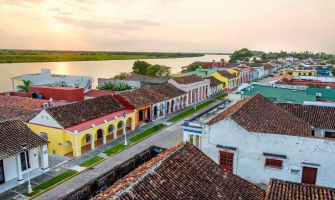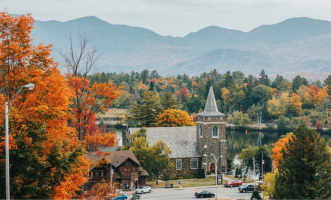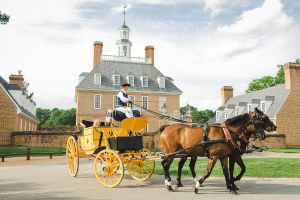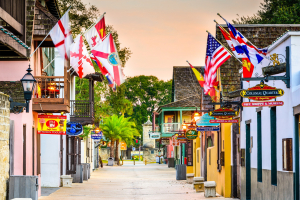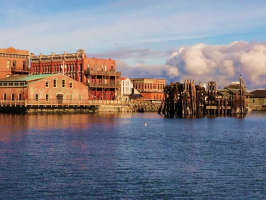Top 10 Best Art Galleries to Visit in Munich
There are over 80 museums and art galleries in Munich, all of which highlight the importance of culture and history to the city's citizens. Here are some of ... read more...Munich's best art galleries for your reference if you have a chance to visit this beautiful city.
-
The Residence Museum (Residenz Museum) is the city's most important (and largest) museum and gallery, housed in the huge Munich Residenz (Munich Residence), the primary residence of Bavaria's kings. While much of this huge palace complex is open to the public, many of its more interesting sites are included under the umbrella of the Residenz Museum, which opened to the public in 1920 and is now considered one of the best palace museums in Europe.
The magnificent Antiquarium is a highlight of any visit. This 69-meter-long hall, with its barrel-vaulted roof and side vaults over the windows, was the first component of the Residenz to be built (it was completed in 1571). It is packed with antique busts and statues. There are also over 100 painted vistas of Bavaria's most beautiful cities and castles. The Ancestors' Gallery (Ahnengalerie) is also worth seeing. This gallery houses 121 portraits of Bavarian kings, while the Porzellankabinett (Porzellankabinett) houses extensive porcelain collections from Vienna, Meissen, and Würzburg. A beautiful bronze sculpture of Mercury and the lovely Perseus Fountain from the same period highlights the eccentric Grotto Court (Grottenhof), which was built from crystals and shells in 1586.
Admission includes a free audio guide, and guided tours in English can be booked ahead of time. You can check out the attraction's website for information on upcoming concerts and activities, such as musical performances and educational programs.Address: Residenzstraße 1, 80333 München
Website: www.residenz-muenchen.de/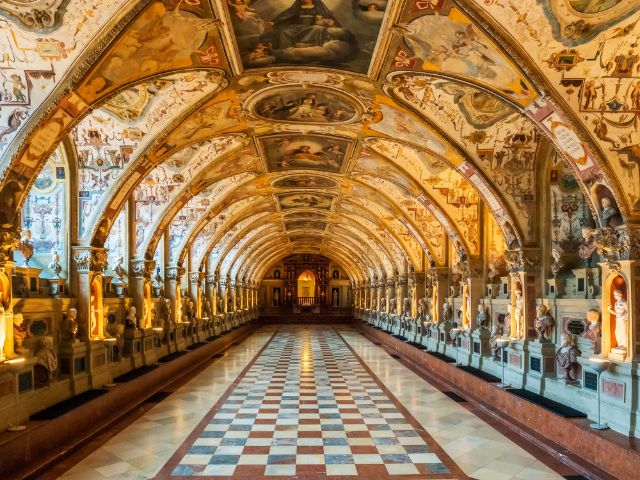
Via: muenchen.de 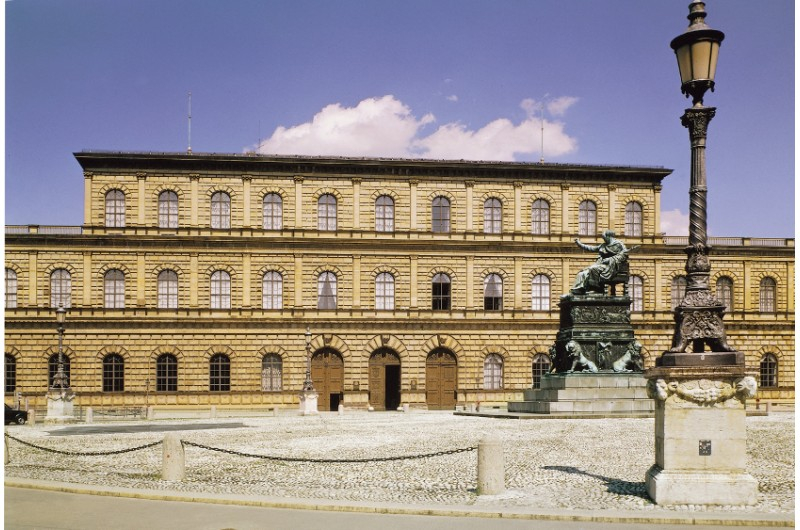
Via: Turbopass -
The Deutsches Museum (German Museum) is the world's largest technology museum, with over 50,000 square meters of exhibit space and over 28,000 artifacts. The museum's departments are well-organized with clear explanations, allowing visitors to easily follow the development of each scientific discipline and field of technology through cutting-edge displays of scientific apparatus and fascinating demonstrations and experiments. It was founded in 1903 as the Deutsches Museum von Meisterwerken der Naturwissenschaft und Technik.
A number of rare German aircraft, including the vertical-take-off Dornier Do 31 cargo plane, as well as early military jet aircraft, are among the highlights. A large land transportation collection includes everything from bicycles and cars to trains and ships, as well as pre-1900 motor vehicles like an 1885 Daimler Maybach and vintage railway engines.
Organs and pianos are among the many musical instruments on display, which routinely hold performances and demonstrations. With previous scheduling, English-language guided tours are offered, and events and activities for all ages are held on a regular basis to delve further into the exhibits and topics on display.Address: Museumsinsel 1, 80538 München
Website: www.deutsches-museum.de/en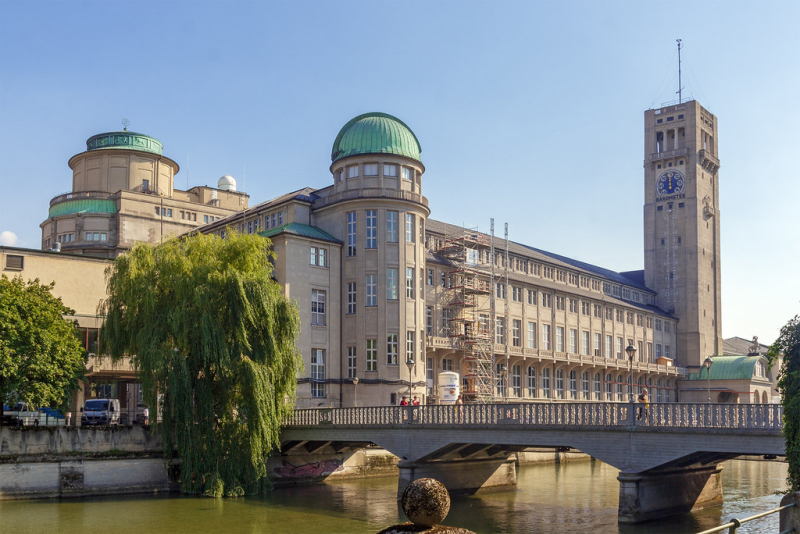
Via: Flickr 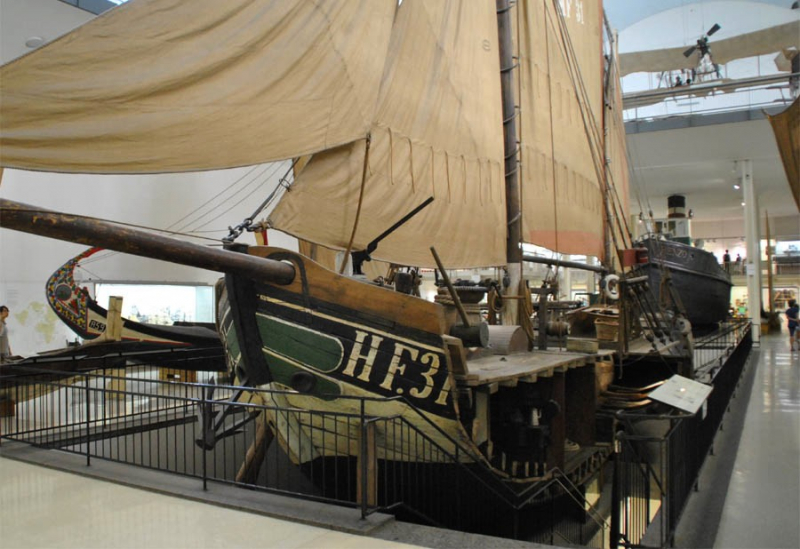
Via: euro-t-guide -
Alte Pinakothek in Munich is one of the world's largest and most prestigious institutions. This spectacular edifice, which was built in 1836 to replace an older gallery that had grown too small for the continuously growing Royal Collection, has been hailed as a "masterpiece of architectural proportion".
This magnificent historic art gallery, built in the first part of the nineteenth century and inspired by the Renaissance palaces of Venice, was the largest gallery in Europe at the time of its construction. As a result, it served as a model for subsequent structures in cities such as Rome and Brussels. It's an enormous edifice. The museum, which stretches 127 meters from end to end and has short side extensions, houses many outstanding collections. Many old Flemish and Dutch paintings from the 16th and 17th centuries (including a rare Rembrandt self-portrait), Italian artworks from the 14th to 18th centuries (including Leonardo da Vinci's 1475 Madonna with the Carnation), and a large collection of medieval German paintings from the 15th and early 16th centuries are among the most important.
The Rubens collection is one of the largest in the world, and it includes works by Spanish and French masters. With advance notification, English-language guided tours are offered, and audio guides are included in the admission charge.Address: Barer Strasse 27, 80333 München
Website: www.pinakothek.de/en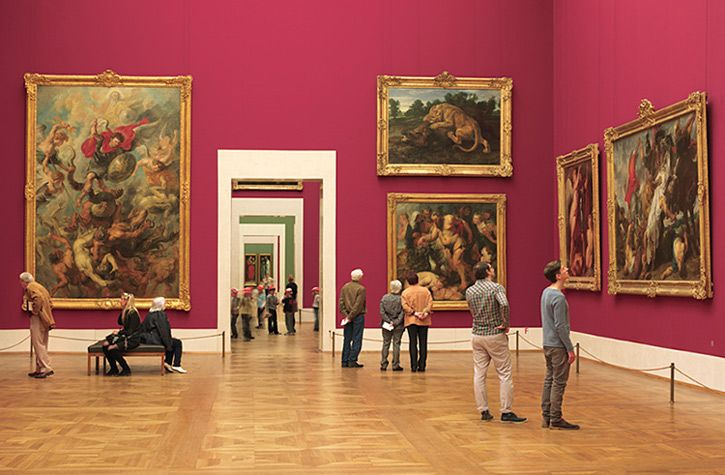
Via: Pinterest 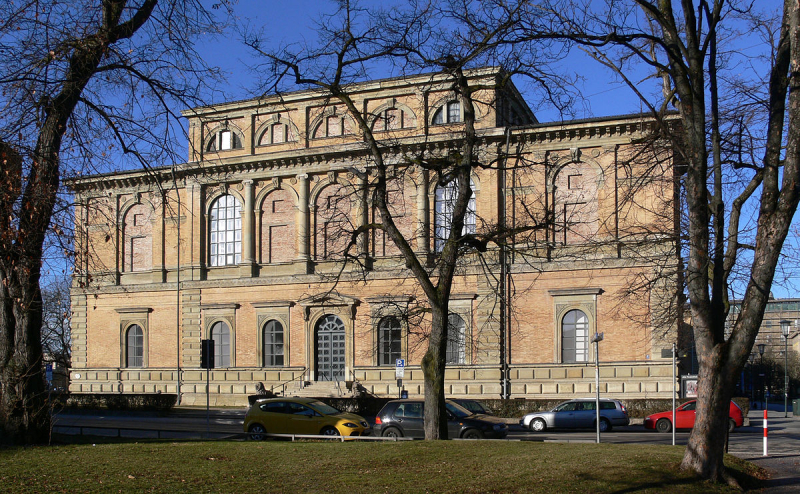
Via: Wikipedia -
The Bavarian National Museum (Bayerisches Nationalmuseum) was founded in 1855 by King Maximilian II and is one of Europe's most important museums of decorative arts. It stands on a forum-like extension of the magnificent Prinzregentenstrasse.
Its collection of medieval German sculpture and its vast tapestry collection are two of its most notable exhibitions. There are also noteworthy collections of bronzes, clocks, porcelain, and glass, as well as a large portion dedicated to Bavarian art and culture from the Middle Ages to the nineteenth century.
The furnishings from the Late Gothic and Renaissance periods, in particular, provide witness to the pinnacles of bourgeois culture in southern Germany. The Augsburg weaver's room, the Flanders tapestry room, and the model town's display are well worth seeing. The porcelain show, which contains works from Meissen, Nymphenburg, and Ansbach, as well as French potteries and a number of smaller makers, is highly noteworthy. Year-round, there are a range of interesting tour options, as well as talks and educational activities related to the exhibits on show. A restaurant and shop are located on the premises.
Address: Prinzregentenstraße 3, 80538 München
Website: www.bayerisches-nationalmuseum.de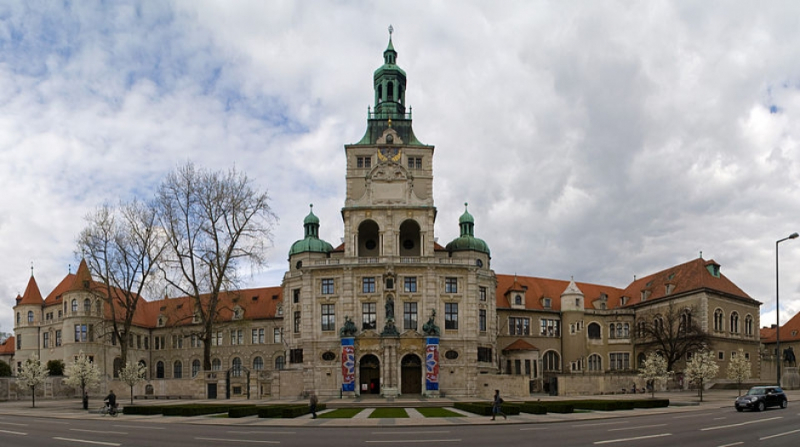
Via: Total Munich 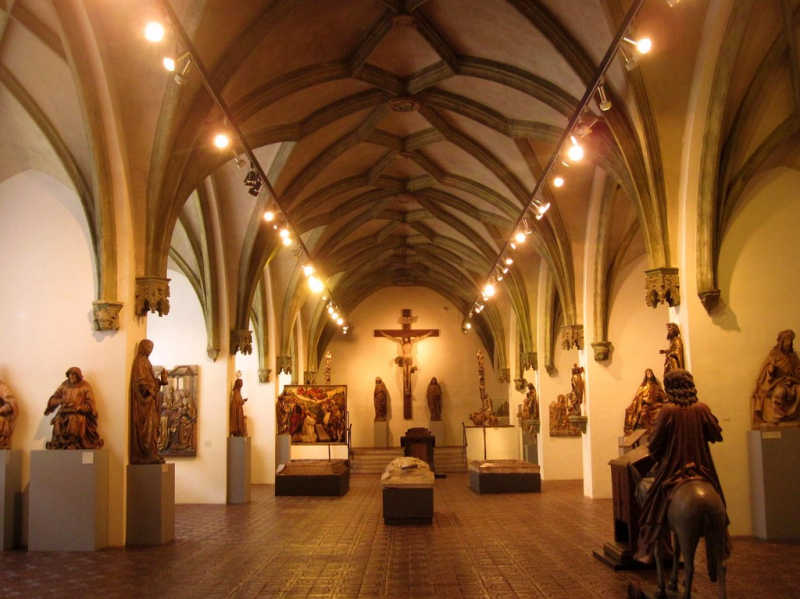
Via: Flickr -
The Glyptothek, Munich's oldest museum, was recently rebuilt. Its name comes from the Greek word "glyptik", which means "sculpture". This Neoclassical structure, completed in 1830, houses one of Europe's most important sculpture collections, much of it gathered in the early nineteenth century by King Ludwig I, a great lover of ancient art.
The interior walls are windowless and lined with several sculptures, and the outside walls are fronted by an Ionic portico. Its many chambers are lighted from the central courtyard. Many rare pieces of Greek and Roman sculpture, such as the magnificent figures from the pediment of the Temple of Aphaia from 500 BC, are among the highlights. A sculpture of Homer, as well as a figure of Irene, the Greek Goddess of Peace, are among the other features.
The State Collections of Antiquities (Staatliche Antikensammlungen), which houses the Bavarian collections of Greek, Roman, and Etruscan antiquities, is also worth a visit and is only a short walk away across a nice park.
Address: Konigsplatz 3, 80333 München
Website: www.antike-am-koenigsplatz.mwn.de/en/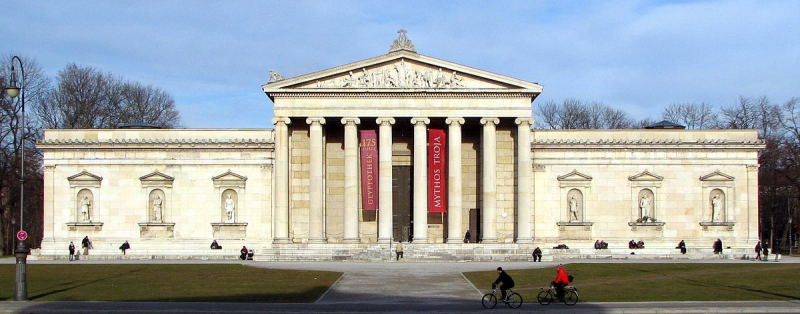
Via: Wikidata 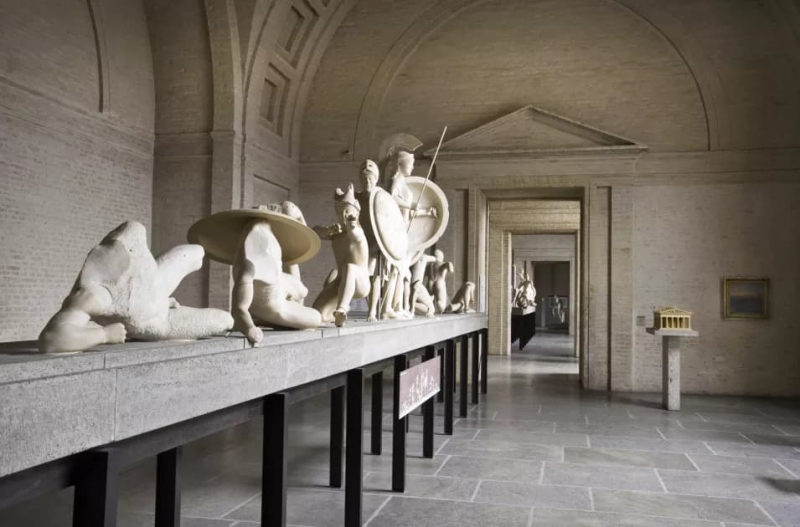
Via: DK Eyewitness Travel -
Lenbachhaus and its modern expansion include an outstanding collection of paintings of the Blauer Reiter (Blue Rider) group, housed in the villa that originally served as the home and workshop of Franz von Lenbach, a popular late 19th-century artist and portraitist. In the early twentieth century, this movement, led by Wassily Kandinsky and Franz Marc, changed the art world.
The collections include works by other artists in their domain, as well as the world's greatest ensemble of paintings by Blue Rider artists. The exhibits are based on Kandinsky and Marc's belief that the essence of art is intrinsic, and that folk arts, children's art, and other naive expressions should be seen with the same reverence as Old Masterworks.
These unique exhibits, when paired with the artist's villa's ancient furnishings and decorations, contribute to the collections themselves, creating an unforgettable artistic experience for visitors. There is also a cafeteria and a shop on the property, as well as excursions and workshops.
Address: Luisenstraße 33, 80333 München
Website: www.lenbachhaus.de/en/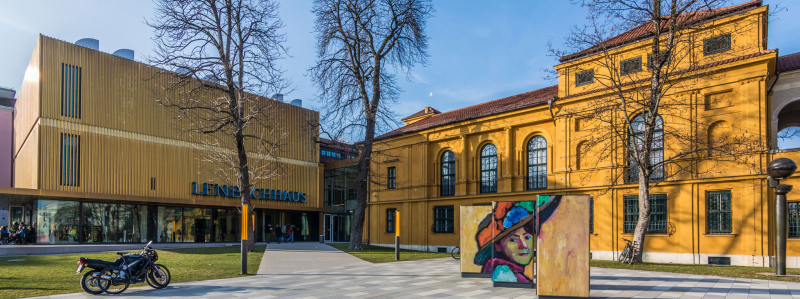
Via: muenchen.de 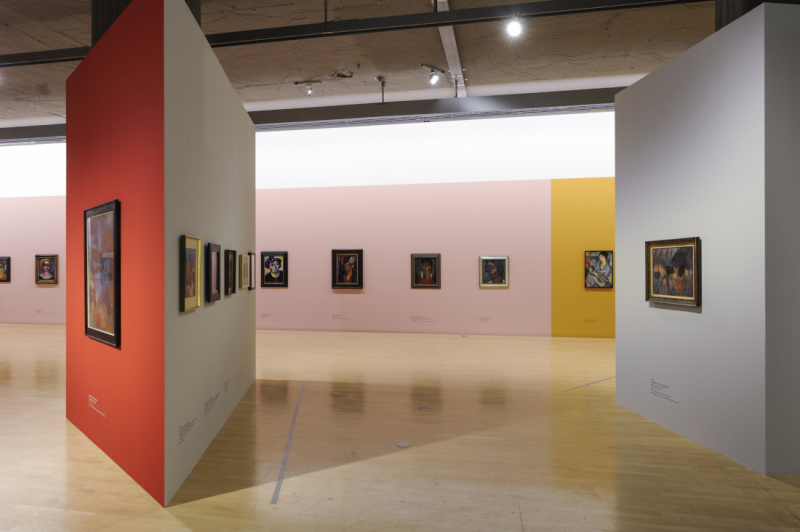
Via: Lenbachhaus -
The Documentation Centre for the History of National Socialism (NS-Dokumentationszentrum München), which opened in 2015, covers the development and fall of the National Socialists, also known as the Nazi party. The museum examines the roots of discontent and anger that created an environment where extremism could thrive, as well as how the movement grew while people either misread its power or chose to ignore its potential for destruction, in addition to recording the atrocities of this dark period in German history. It also explores the city's historical significance as the birthplace of the Nazi movement.
The permanent exhibitions are chronological and contain no artifacts, and are housed in a stark modern building created on the location of the original Nazi Party headquarters. However, the striking photos and well-presented material (in German and English) tell a powerful and fascinating story–and a cautionary tale for future generations who have no personal knowledge of the fear of the time or the catastrophe that befell Munich during World War II. There are a variety of tours offered, all of which are highly worth joining for further background. On-site amenities include a café and a bookstore.
Address: Max-Mannheimer-Platz 1, 80333 München
Website: www.ns-dokuzentrum-muenchen.de/en/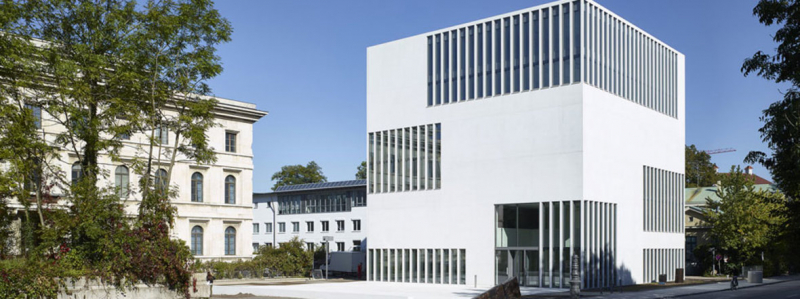
Via: muenchen.de 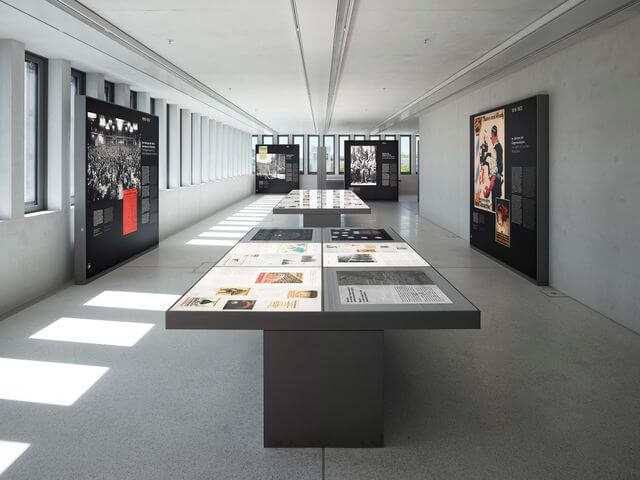
Via: museuly -
Since its debut in 2017, the Museum of Urban and Contemporary Art (MUCA) in Munich's Marienplatz neighborhood has quickly established itself as a must-see destination for art aficionados. This one-of-a-kind museum is housed in a structure that appears to be covered with harsh black-and-white graffiti–after all, it was created by street artist Stourhead–and provides a space where visitors may obtain a deeper appreciation of this vital art form.
Work by well-known artists such as Banksy and Herakut, to mention a few, are included in the permanent collection, as well as displays of various art disciplines like calligraphy and photography. There are a number of intriguing tour alternatives, including after-hours and behind-the-scenes tours. Kids tours are also available.
Address: Hotterstraße 12, 80331 München
Website: www.muca.eu/en/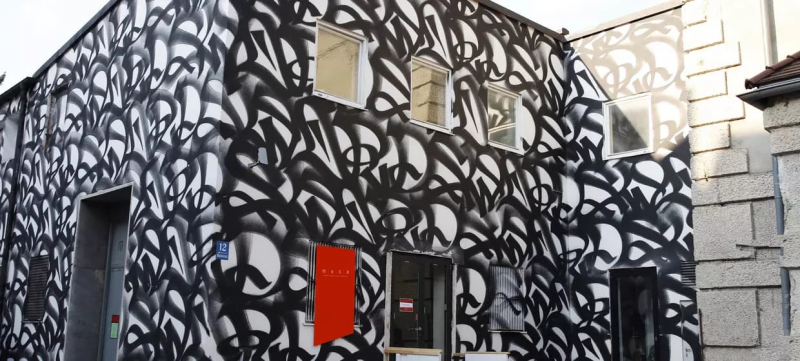
Via: cityseeker 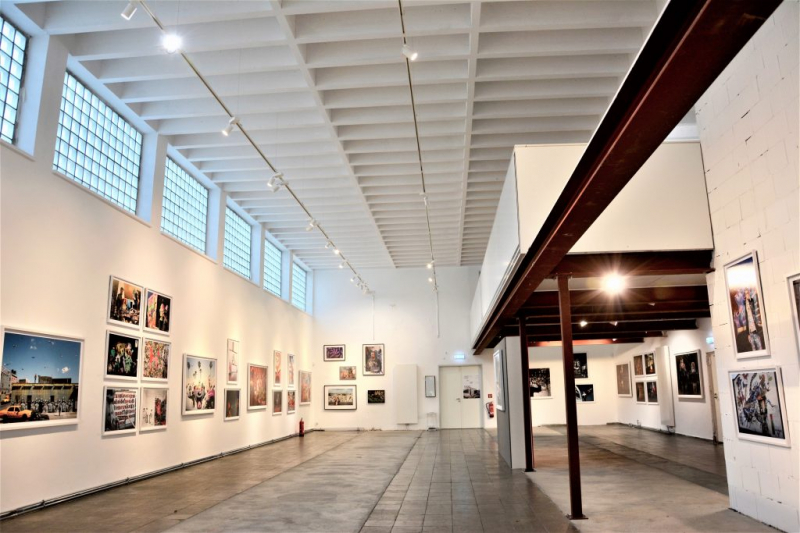
Via: MUCA München -
If time allows, you should visit the Egyptian Art State Museum (Staatliches Museum gyptischer Kunst). In 2013, the Bavarian state's collection of antiquities from Ancient Egypt, Assyria, and Babylon was relocated to the Kunstareal district and redesigned to seem like burial chambers from the time period.
The building's three massive halls are divided into themed chambers that focus on key events and periods in ancient Egyptian history, such as the role of the Pharaohs, death, and religion. Statues, stone tablets, jewels, and, of course, the mummies are among the highlights. There are English-language guided tours available, as well as educational activities and workshops for both children and adults. A café is located on the premises.
Address: Gabelsbergerstraße 35, 80333 München
Website: https://smaek.de/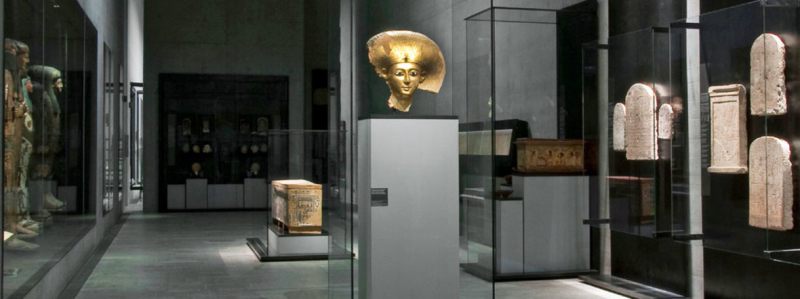
Via: muenchen.de 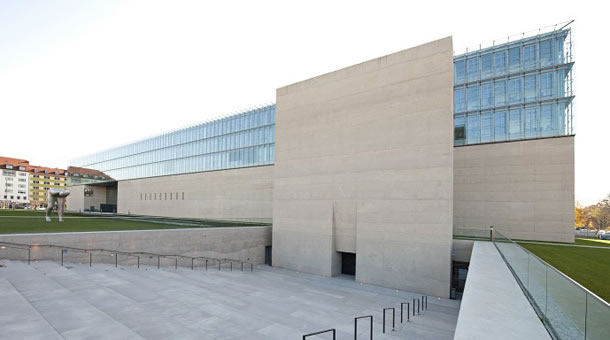
Via: Museum Visits -
The Schackgalerie (Sammlung Schack), which is situated in a building erected for the Prussian Legation in 1907, has a noteworthy collection depicting the development of German painting in the nineteenth century. Count Adolf Friedrich von Schack, the company's founder, was a great supporter of the arts, buying and commissioning works by a number of prominent 19th-century German painters, including Schwind, Spitzweg, Böcklin, and Lenbach (whose home and studio, Lenbachhaus, now house the outstanding Blue Rider and expressionist collections).
Schack's collection is currently part of the Bavarian State Collection, which includes paintings by Johann Georg von Dillis, Leo von Klenze, and Joseph Anton Koch from the Early Romantic school. Their works represent the romantic era's ethereal, almost fairy-tale situations in art. Carl Rottmann, Joseph von Führich, and Edward von Steinle's masterpieces are among the other highlights.
Address: Prinzregentenstraße 9, 80538 München
Website: https://www.sammlung.pinakothek.de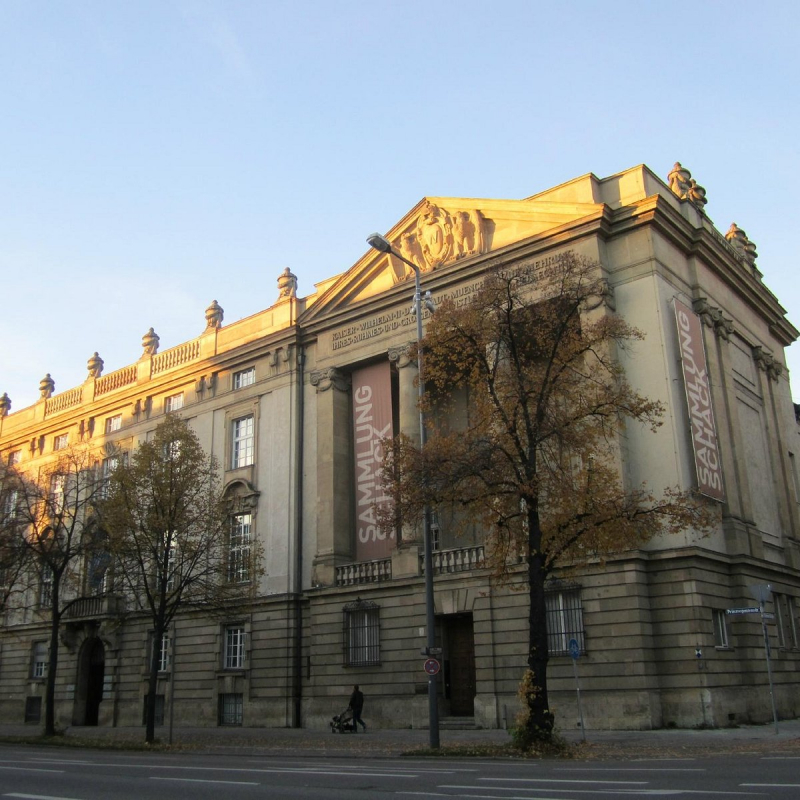
Via: TripAdvisor 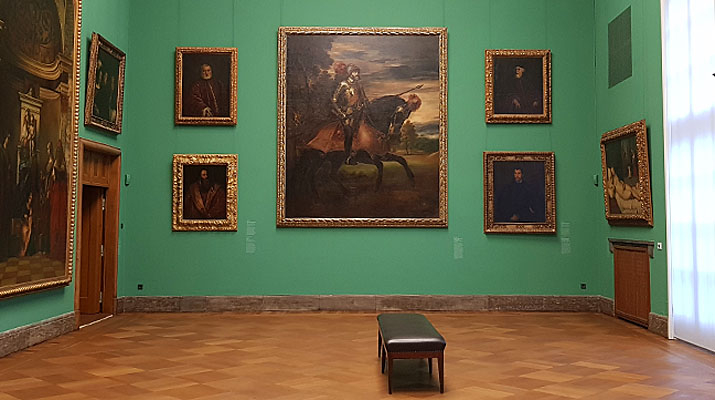
Via: Ausstellungen in München












